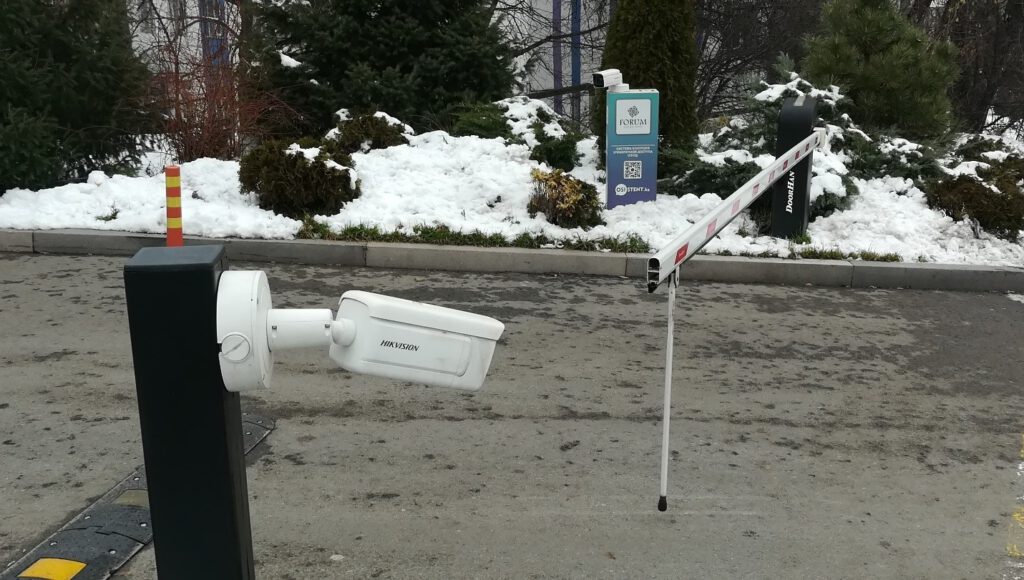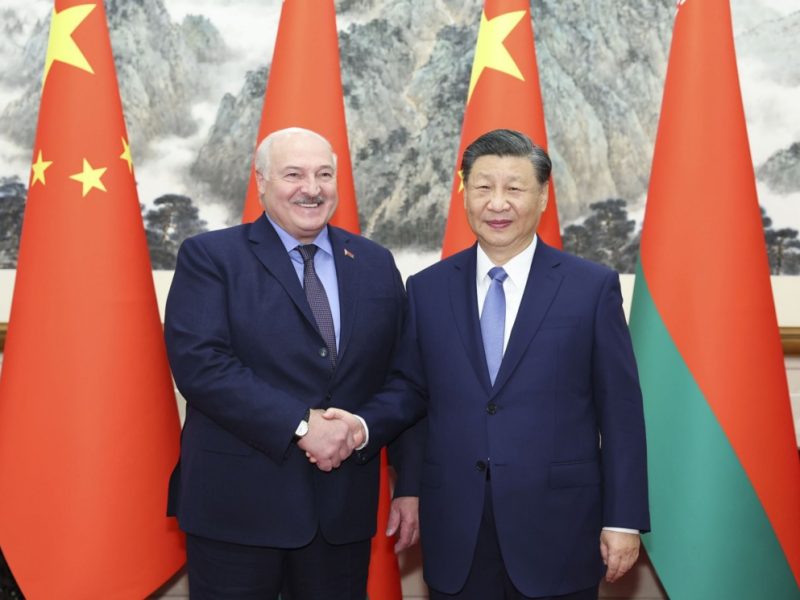The complicated geopolitical situation that has arisen as a result of the war in Ukraine, as well as large-scale Western sanctions imposed on Russia and Belarus has raised a new question about how the Belt & Road Initiative will develop in the future. This is especially of concern to Kazakhstan, which has managed to take an important role in transcontinental routes. The blocking of the Russian, Belarusian and Ukrainian directions puts an end to the most important routes going to Europe. Bypass routes through the Caspian or the Middle East are working, but the cost of transportation and the labor costs of the trans-Caspian route are significantly inferior to the sea routes.
Under these conditions, BRI partners, including Kazakhstan, are setting the task of cultivating new points of growth in such areas as artificial intellect, big data, digital finance, e-commerce, and green energy. The implementation of this approach largely explains the sharp increase in trade turnover between Kazakhstan and China in 2022. The trade turnover between Kazakhstan and China in January-July 2022 reached $13.5 billion, which is 38.3% more than in the same period in 2021, which was then $9.7 billion. Moreover, the volume of Kazakhstani imports for seven months of 2022 from China is a record result for such a period: in 2022 Kazakhstani imports from China amounted to $5.5 billion, with an increase of 22.6% compared to the same period in 2021. Over the seven months of last year, imports amounted to $4.5 billion. The main growth in imports is observed in the commodity group “machinery, equipment, vehicles, devices and apparatuses” – by 19.4% (for the seven months of 2022 – $3.1 billion, for the seven months of 2021 – $2.6 billion).
In general, the program for development of IT industry within the framework of BRI has been called the Digital Silk Road (DSR). The DSR is a government initiative where Chinese companies are key players. Chinese telecommunications giants such as Huawei and ZTE, as the largest telecommunications service providers and major 5G technology providers, are successfully achieving their goal of dominating the 5G market worldwide. Leading Chinese video surveillance companies such as Hikvision, Dahua and Huawei are among the main providers of surveillance services and technologies in developing countries, including Kazakhstan. According to a Fudan University report, it is noted that over the past two years, 201 Chinese companies in the digital field have completed 1,334 overseas investment and cooperation projects, 57% of which are related to DSR. In general, by developing next-generation telecommunications infrastructure, smart city technology and surveillance systems, data centers and storage infrastructure, and other high-tech tools, Beijing is seeking to increase its role in Internet telecommunications governance and cyberspace regulation.
The rapid development of the IT sector in Kazakhstan, on the one hand, has a positive impact on the economy and makes the country more attractive for investment. On the other hand, the transfer of Chinese surveillance and censorship technologies is worrisome, and could further shrink civic space in Kazakhstan. The greatest concern is not only the import of Chinese technologies, but also the possible import of Chinese approaches to organizing the work of smart cities, which can now be called cities of surveillance and censorship. Smart cities built on Chinese surveillance technology promise increased security and convenience for residents, but at what cost?
The examples of China itself are widely known. The most well-known measure of the Chinese government “to combat cybercrime” (in fact, for content restriction and total surveillance) is the so-called Golden Shield, or Dragon Firewall. It is a nationwide electronic barrier that filters and controls information flows in such a way that all Internet user data in China passes through a limited number of checkpoints (gateways), operated by a limited number of Internet providers. Since 2006, the entire Chinese segment of the Internet has come under the control of this state system.
In Kazakhstan in the past few years, has been actively implemented the Smart City projects, within the framework of which CCTV cameras are installed on the streets of cities to ensure law and order and comply with traffic rules. For video surveillance systems implemented in Kazakhstan, Chinese products are mainly used.
Since 2017, Sergek hardware-software complexes (which means “vigilant” in Kazakh) have been operating in the biggest cities of Kazakhstan, which are supplied by Korkem Telecom (a subsidiary of Open Technologies Group). These companies are Kazakh, but Korkem Telecom’s technical partner is Chinese Dahua Technology.
Sergek is an intelligent video monitoring, analysis and forecasting system that includes:
– A network of video recording modules that control key areas of the urban space – highways, squares, road junctions, house adjoining areas;
– Image recording and recognition system;
– Intellectual system of information processing and analysis.
Sergek has computing power and special software that allows real-time processing of significant amounts of information. Hikvision, another Chinese manufacturer of CCTV cameras and security equipment, has been operating in Kazakhstan since 2015. Hikvision cameras in Kazakhstan monitor road safety as part of the Smart City projects, and are also used in the Unified Video Monitoring System of Almaty. This system should implement situational video analytics: recognize faces and license plates on cars.
In September 2019, Reuters, citing unnamed intelligence sources and security experts, reported that hackers working for the Chinese government had hacked telecommunications networks in several countries, including Kazakhstan, to track down Uyghur tourists in Central and Southeast Asia. China seeks to monitor Kazakhstan because it is the historical homeland of many residents of China’s Xinjiang Uygur Autonomous Region; over the past few years, Chinese authorities have arrested more than one million people in Xinjiang.
China has a lot more technical capabilities than it seems at first glance, and it’s not just about cameras, but also about Chinese-made mobile devices that are in high demand in Kazakhstan due to their low price, Kazakh cybersecurity experts say. Kazakhstani researchers consider the risks from the penetration of Chinese surveillance and censorship technologies to be very high, and point out that this aspect of the implementation of DSR initiatives occupies an undeservedly small place in public discussions on the topic of BRI in Kazakhstan.
NB
In January 2022, in Kazakhstan broke out protests, related to rising gas prices, which very quickly turned into political protests. A large number of citizens were detained – about 7,000 people, according to the Ministry of Internal Affairs – who were detained based on data from street surveillance cameras. In response to an official request to the Ministry of Internal Affairs whether Face ID cameras and artificial intellect systems were used during the detention of protesters, the Ministry of Internal Affairs replied that such systems were not used. However, given the scale of the protests, and the large number of detained participants, this is hard to believe.

Danil Bekturganov – Director, NGO “Civil Expertise”




